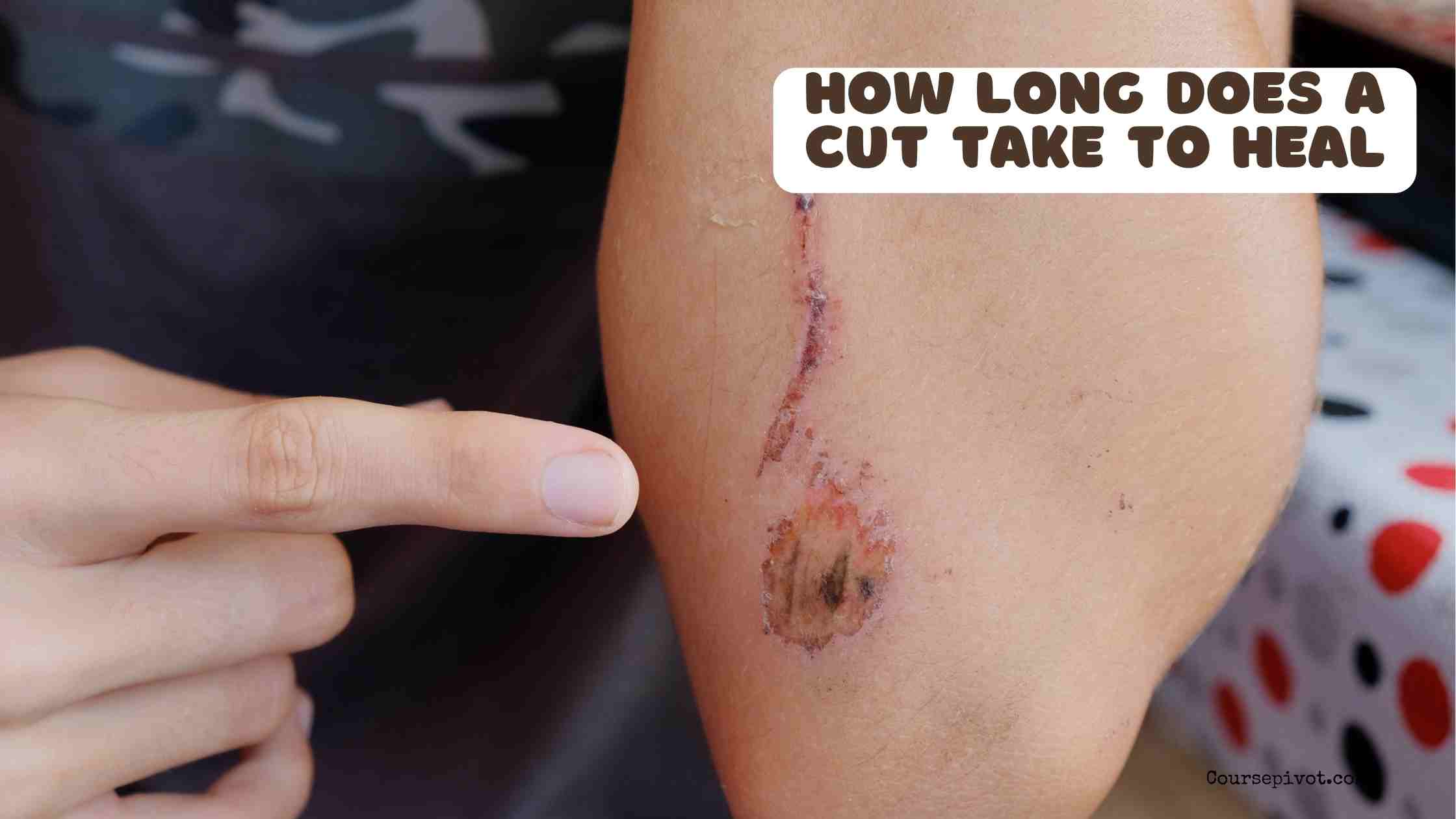
How Long Does a Cut Take to Heal?
Have you ever wondered why some cuts seem to vanish quickly while others linger? A cut’s healing process can vary, influenced by factors like depth, care, and your health. Understanding the stages of wound healing empowers you to support recovery and spot trouble early. This blog explores how long a cut takes to heal, diving into the healing process, signs of healthy versus infected wounds, and practical care tips.
Table of Contents
What Affects Cut Healing Time?
The time it takes for a cut to heal depends on its size, depth, and location. Your age, nutrition, and conditions like diabetes also play a role. Minor cuts often heal in days, while deeper wounds may take weeks. Proper care can speed up the healing process significantly.
Stages of Wound Healing
The wound healing process unfolds in four distinct phases of wound healing, each critical to recovery. Knowing these helps you track progress and identify issues. Here’s a breakdown of the stages of wound healing:
1. Hemostasis Phase (Immediate)
Blood clots form to stop bleeding within minutes. Platelets seal the wound, creating a temporary barrier. This phase sets the stage for repair. You’ll notice a scab forming as the blood dries.
2. Inflammatory Phase (1–3 Days)
The body sends white blood cells to fight bacteria, causing redness and swelling. This is a normal healing wound response, not necessarily a sign of infection. Mild warmth is typical. This phase cleans the wound for rebuilding.
3. Proliferative Phase (3–21 Days)
New tissue forms during the proliferative phase of wound healing. Collagen builds a framework, and skin cells close the gap. A yellow scab or pinkish tissue may appear, signaling progress. This phase determines how long a small cut takes to heal.
4. Maturation Phase (21 Days–2 Years)
The scar strengthens and fades, with color stages of a scar shifting from red to pale. Full strength may take months, but the wound is closed. Deep cuts or skin flap cuts on fingers may take longer. This phase refines the healing wound.
How Long Does a Cut Take to Heal?
Healing times vary by wound type:
- Minor cuts: 3–7 days for surface scratches; scabs fall off naturally.
- Deeper cuts with stitches: 7–14 days for stitches healing stages, with sutures removed in 5–10 days.
- Puncture wounds: 1–3 weeks, as puncture wound healing stages are slower due to depth.
- Skin flap cuts: 2–4 weeks, especially on fingers, per medical data.
A small scab that won’t heal after 2 weeks may need attention.
Healthy vs. Infected Wound: Key Signs
Distinguishing a normal healing wound from an infected wound is crucial. Here’s how to tell:
Signs of a Healing Wound
- Mild redness and swelling decrease after 3 days.
- A yellow scab or clear fluid is normal as tissue forms.
- Itching or tightness during the proliferative phase.
- Scar forms and fades over time.
Signs of an Infected Wound
- Increased redness, warmth, or swelling beyond 3 days.
- Pus or cloudy discharge, unlike clear fluid.
- Foul odor or persistent pain.
- Fever or red streaks from the wound.
How to tell if a cut is infected? If you spot these wound infection symptoms, see a doctor. About 5% of cuts become infected, per health studies.
How to Clean a Cut for Faster Healing
Proper care speeds up wound healing and prevents cut infection. Follow these steps to clean a wound:
- Rinse with clean water to remove dirt.
- Use mild soap around the wound, not inside, to avoid irritation.
- Pat dry with a clean cloth and apply an antibiotic ointment.
- Cover with a sterile bandage, changing daily.
When to Stop Covering an Open Wound
Stop covering when a scab forms, typically 3–5 days, unless it’s in a high-friction area. Should I let my wound breathe overnight? Yes, once a scab is stable, air promotes drying, per dermatology data.
Tips to Heal Cuts Faster
Support the healing process with these actionable steps:
- Stay Hydrated and Eat Well: Protein and vitamins A and C boost tissue repair, per nutritional studies.
- Avoid Picking Scabs: This delays healing by 20%, per medical research.
- Keep It Moist: Use petroleum jelly to prevent cracking, aiding how to heal deep wounds faster.
- Monitor for Infection: Check daily for signs of infected wound like pus or heat.
When to Seek Medical Help
Consult a doctor if:
- The cut is deep, gaping, or won’t stop bleeding.
- Signs of infection appear, like fever or red streaks.
- A small scab that won’t heal persists beyond 2 weeks.
- You have diabetes or a weakened immune system.
How to treat wounds that won’t heal? Medical intervention, like debridement, may be needed for infected wounds, per healthcare guidelines.
Why Proper Care Matters
Good wound care cuts healing time by 30%, per clinical studies. It also lowers the risk of complications like wound infection. Understanding how to know if a cut is infected versus healing keeps you proactive. Consistent care ensures better outcomes.
Key Takeaways
A cut’s healing time ranges from days for minor wounds to weeks for deeper ones, driven by the stages of wound healing. Proper cleaning, monitoring for signs of infection, and healthy habits speed recovery. Knowing healthy vs. infected wound signs helps you act fast. Use these tips to support your body’s healing process and keep cuts on track.
Cite this article
You can copy and paste your preferred citation format below.
Martin, L. & Arquette, E.. (2025, July 1). How Long Does a Cut Take to Heal?. Coursepivot.com. https://coursepivot.com/blog/how-long-does-a-cut-take-to-heal/


